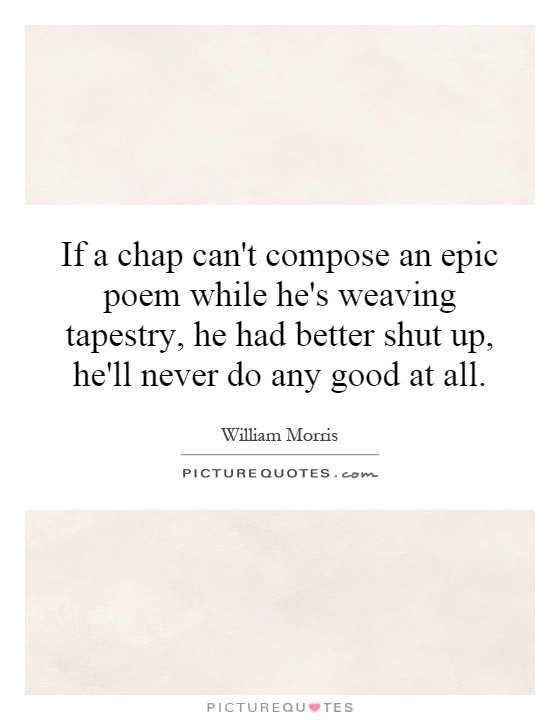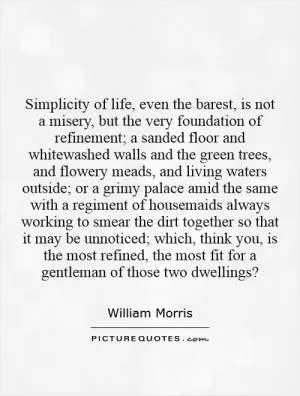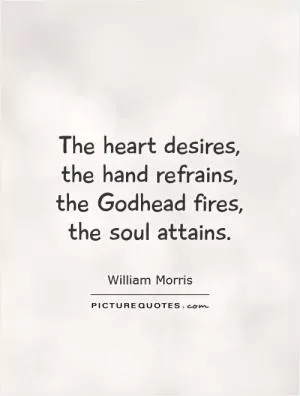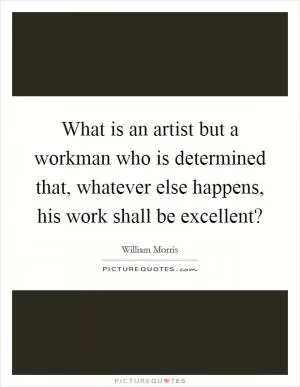If a chap can't compose an epic poem while he's weaving tapestry, he had better shut up, he'll never do any good at all

If a chap can't compose an epic poem while he's weaving tapestry, he had better shut up, he'll never do any good at all
William Morris, a prominent figure in the Arts and Crafts movement of the late 19th century, was a man of many talents. Not only was he a skilled designer, artist, and writer, but he was also a passionate advocate for the revival of traditional craftsmanship and the importance of creating beautiful, handcrafted objects. One of Morris's most famous quotes is, "If a chap can't compose an epic poem while he's weaving tapestry, he had better shut up, he'll never do any good at all." This quote encapsulates Morris's belief in the interconnectedness of art, craft, and creativity.Morris believed that art and craft were not separate entities, but rather two sides of the same coin. He saw weaving tapestry as a form of artistic expression that required the same level of skill, creativity, and dedication as composing an epic poem. For Morris, the act of creating something by hand was a deeply meaningful and fulfilling experience that allowed the artist to connect with their craft on a spiritual level.
In Morris's view, the industrial revolution had led to a devaluation of craftsmanship and a loss of connection to the natural world. He believed that mass-produced, machine-made goods lacked the soul and beauty of handcrafted objects, and that this loss of connection to the creative process was detrimental to society as a whole. By weaving tapestries and creating other handcrafted objects, Morris sought to revive the tradition of craftsmanship and bring beauty and meaning back into people's lives.
Morris's quote also speaks to the idea that creativity is not limited to one particular medium or form of expression. He believed that true artists were able to channel their creativity into any endeavor, whether it be writing poetry, painting, or weaving tapestry. By embracing a wide range of artistic practices, Morris was able to explore different aspects of his creativity and produce a diverse body of work that continues to inspire and influence artists to this day.












 Friendship Quotes
Friendship Quotes Love Quotes
Love Quotes Life Quotes
Life Quotes Funny Quotes
Funny Quotes Motivational Quotes
Motivational Quotes Inspirational Quotes
Inspirational Quotes